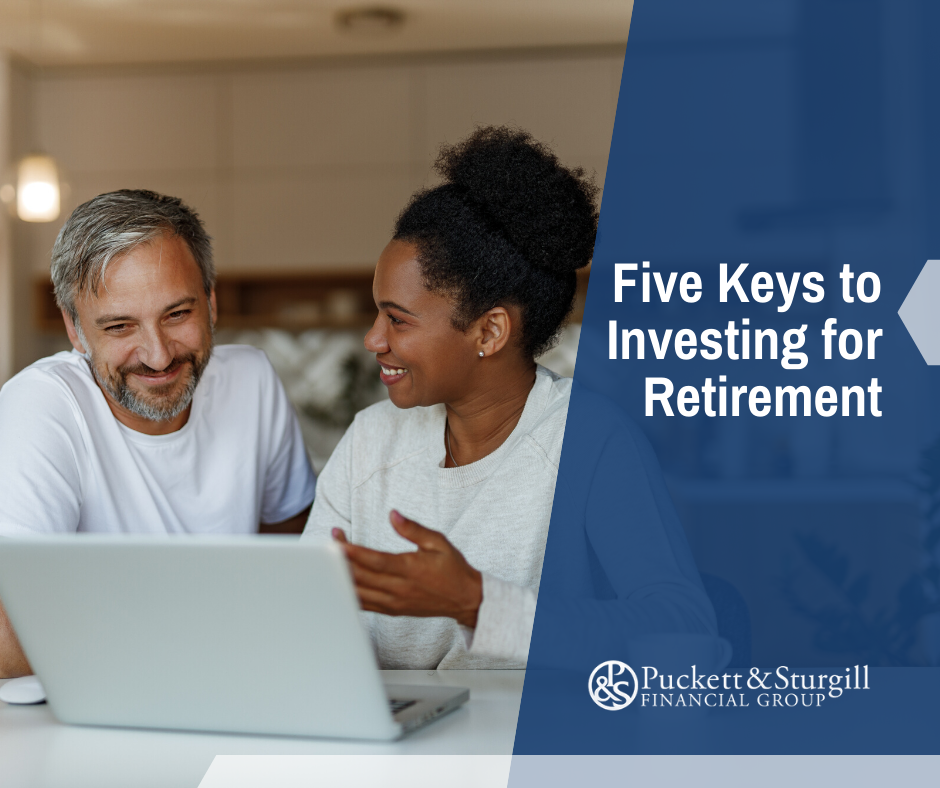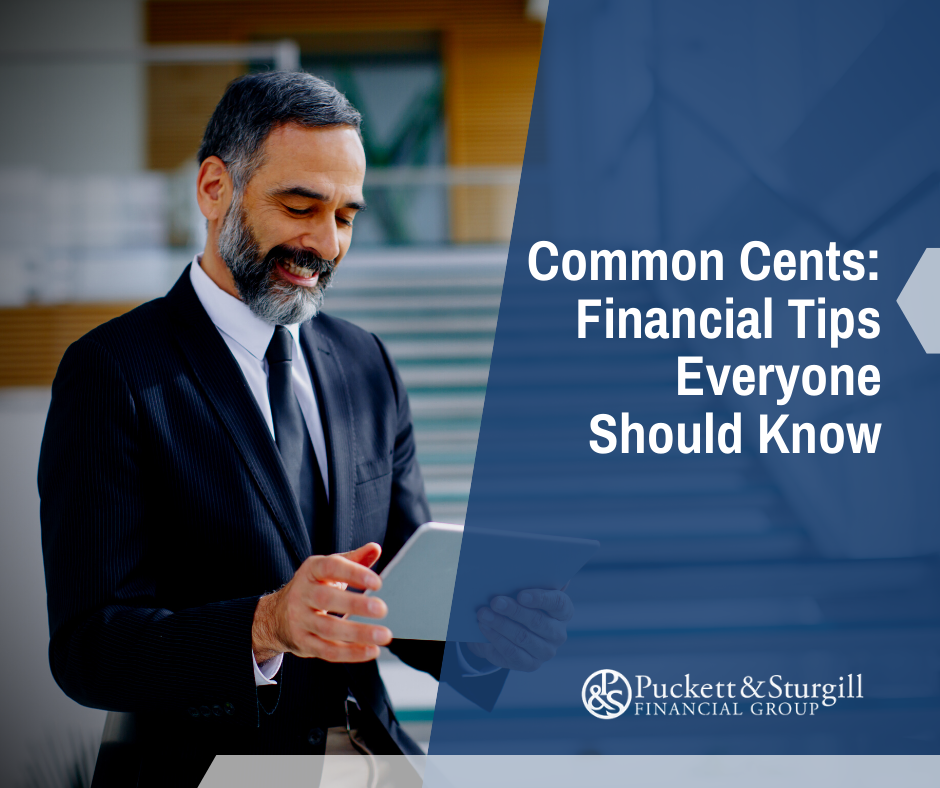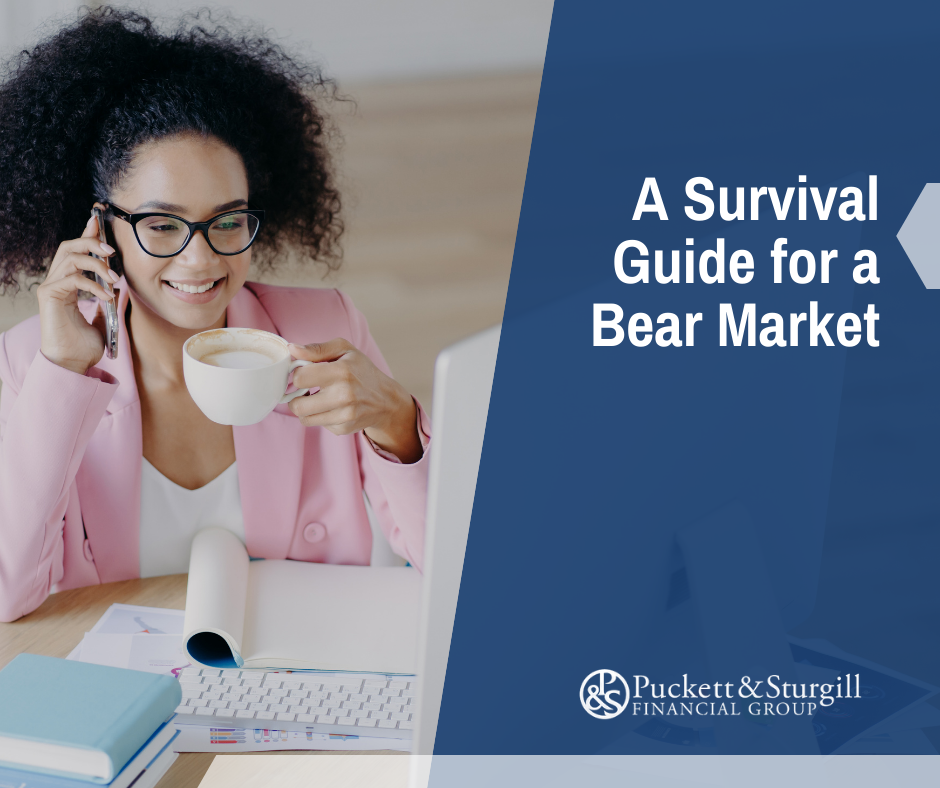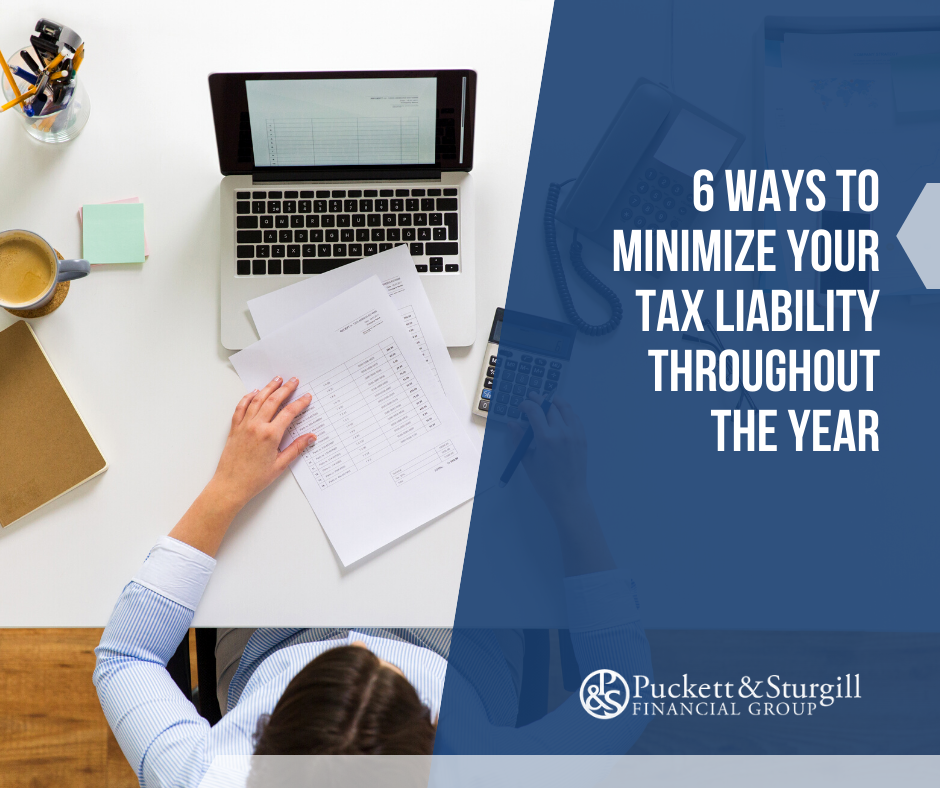
Saving for Retirement and a Child’s Education at the Same Time
You want to retire comfortably when the time comes. You also want to help your child go to college. So how do you juggle the two? The truth is, saving for your retirement and your child’s education at the same time can be a challenge. But take heart — you may be able to reach both goals if you make some smart choices now. Know what your financial needs are The first step is to determine your financial needs for each goal. Answering the following questions can help you get started: For retirement: How many years until you retire? Does your company offer an employer-sponsored retirement plan or a pension plan? Do you participate? If so, what’s your balance? Can you estimate what your balance will be when you retire? How much do you expect to receive in Social Security benefits? (One way to get an estimate of your future Social Security benefits is to use the benefit calculators available on the Social Security Administration’s website, ssa.gov. You can also sign up for a my Social Security account so that you can view your online Social Security Statement. Your statement contains a detailed record of your earnings, as well as estimates of retirement, survivor’s, and disability benefits.) What standard of living do you hope to have in retirement? For example, do you want to travel extensively, or will you be happy to stay in one place and live more simply? Do you or your spouse expect to work part-time in retirement? For college: How many years until your child starts college? Will your child attend a public or private college? What’s the expected cost? Do you have more than one












